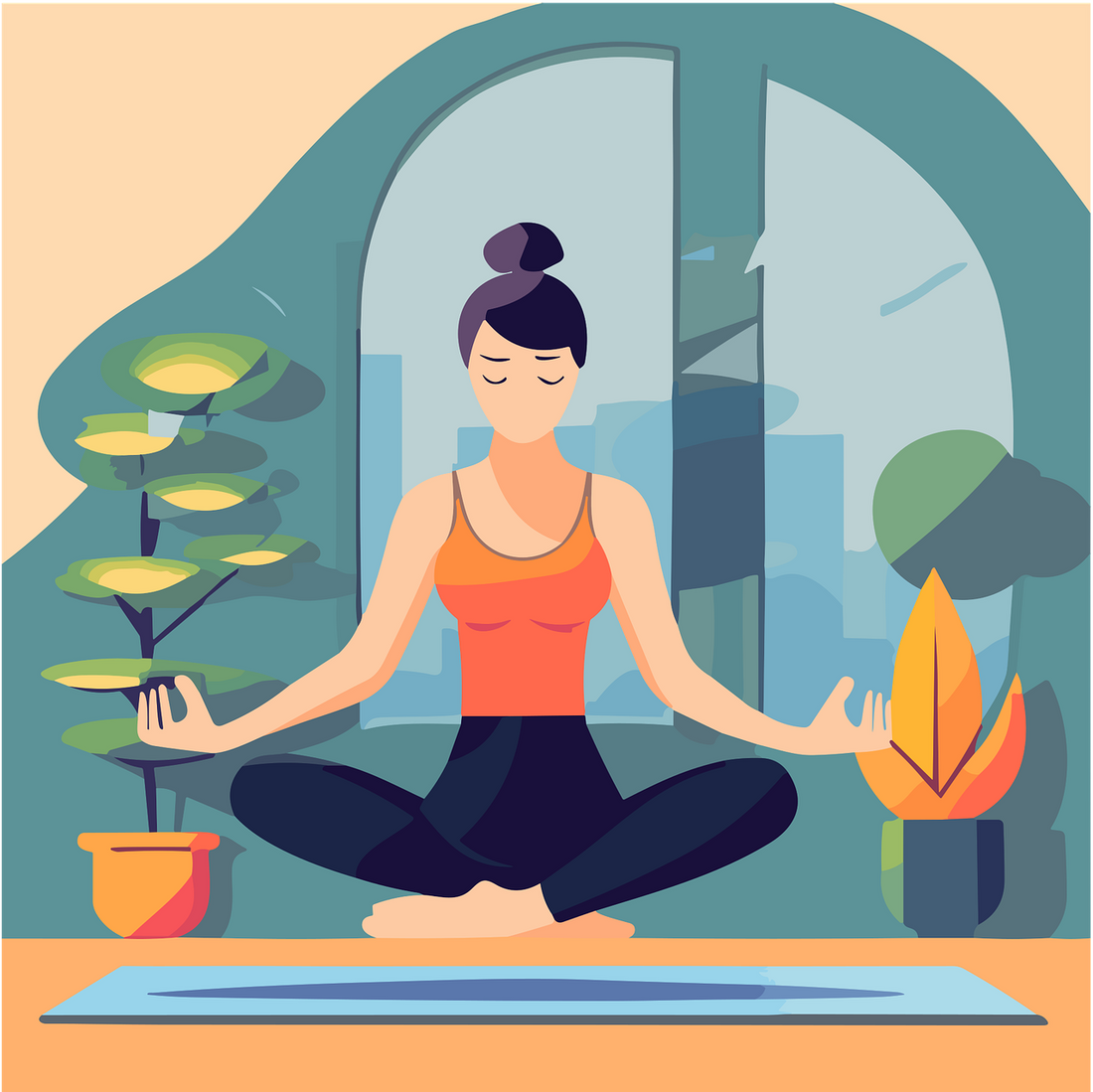
Advanced Breathing Techniques (Blog 11): Exploring Pranayama Practices
Welcome back to the eleventh installment of our Advanced Breathing Techniques series! In this blog post, we will be diving into the fascinating world of Pranayama practices. Pranayama, which translates to "extension of the life force," is an ancient yogic practice that focuses on controlling and regulating the breath. It offers a wide range of benefits for both the mind and body, and can be a powerful tool for achieving balance and harmony in our lives.
What is Pranayama?
Pranayama is a Sanskrit word that consists of two parts: "prana," meaning life force or vital energy, and "ayama," meaning extension or expansion. Together, they represent the practice of controlling and expanding our life force through breath control. Pranayama techniques involve conscious manipulation of the breath, including various breathing patterns, rhythms, and ratios.
Why Practice Pranayama?
Pranayama offers a multitude of benefits for our physical, mental, and emotional well-being. By practicing Pranayama regularly, we can:
- Reduce stress and anxiety
- Improve lung capacity and respiratory function
- Enhance focus, concentration, and mental clarity
- Promote relaxation and better sleep
- Boost energy levels and vitality
- Strengthen the immune system
- Balance the nervous system
Exploring Different Pranayama Practices
There are numerous Pranayama techniques to explore, each with its own unique benefits and effects on the mind and body. Here are a few popular ones:
1. Nadi Shodhana (Alternate Nostril Breathing)
This technique involves alternating the breath between the left and right nostrils. It helps balance the energy channels in the body, calm the mind, and improve focus and concentration.
2. Kapalabhati (Skull Shining Breath)
Kapalabhati is a powerful cleansing technique that involves forceful exhalations and passive inhalations. It helps detoxify the body, increase oxygen supply, and invigorate the mind.
3. Ujjayi (Victorious Breath)
Ujjayi is characterized by a gentle constriction of the throat, creating a soft, ocean-like sound during breathing. It promotes relaxation, soothes the nervous system, and helps deepen the breath.
4. Bhramari (Bee Breath)
Bhramari involves making a humming sound while exhaling, which has a calming and soothing effect on the mind. It can help reduce anxiety, stress, and anger.
Getting Started with Pranayama
If you're new to Pranayama, it's important to start slowly and gradually build your practice. Here are a few tips to get you started:
- Find a quiet and comfortable space where you can practice without distractions.
- Sit in a comfortable position with your spine straight and shoulders relaxed.
- Begin with a few rounds of deep, conscious breathing to relax your body and mind.
- Choose a Pranayama technique that resonates with you and start with a few minutes of practice.
- Observe the effects of the practice on your body, breath, and mind. Adjust the duration and intensity as needed.
- Remember to always listen to your body and practice with awareness and respect.
Pranayama is a profound practice that can greatly enhance our overall well-being. By exploring different techniques and incorporating them into our daily lives, we can experience the transformative power of conscious breathing. So take a deep breath, and let the journey of Pranayama begin!
